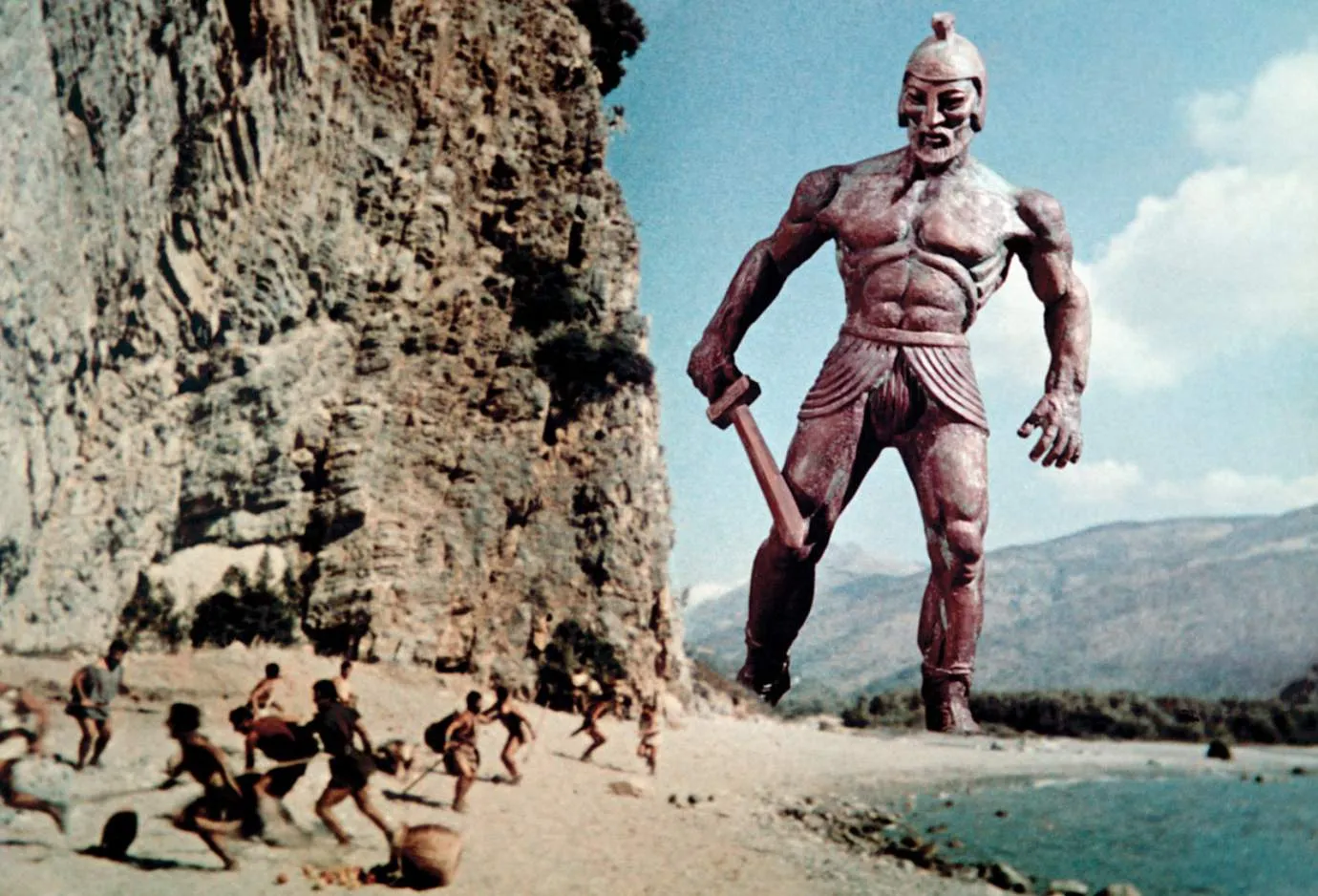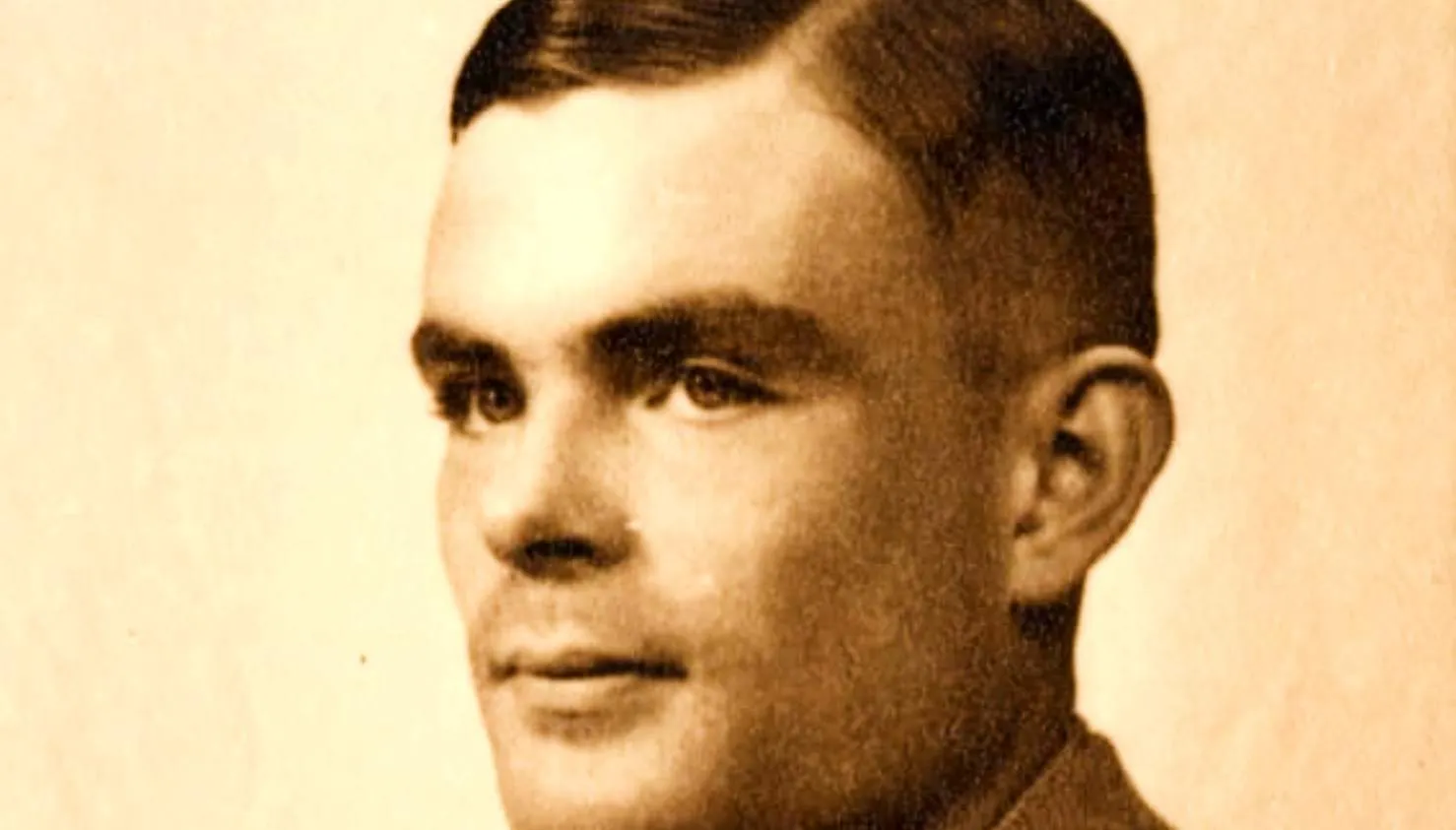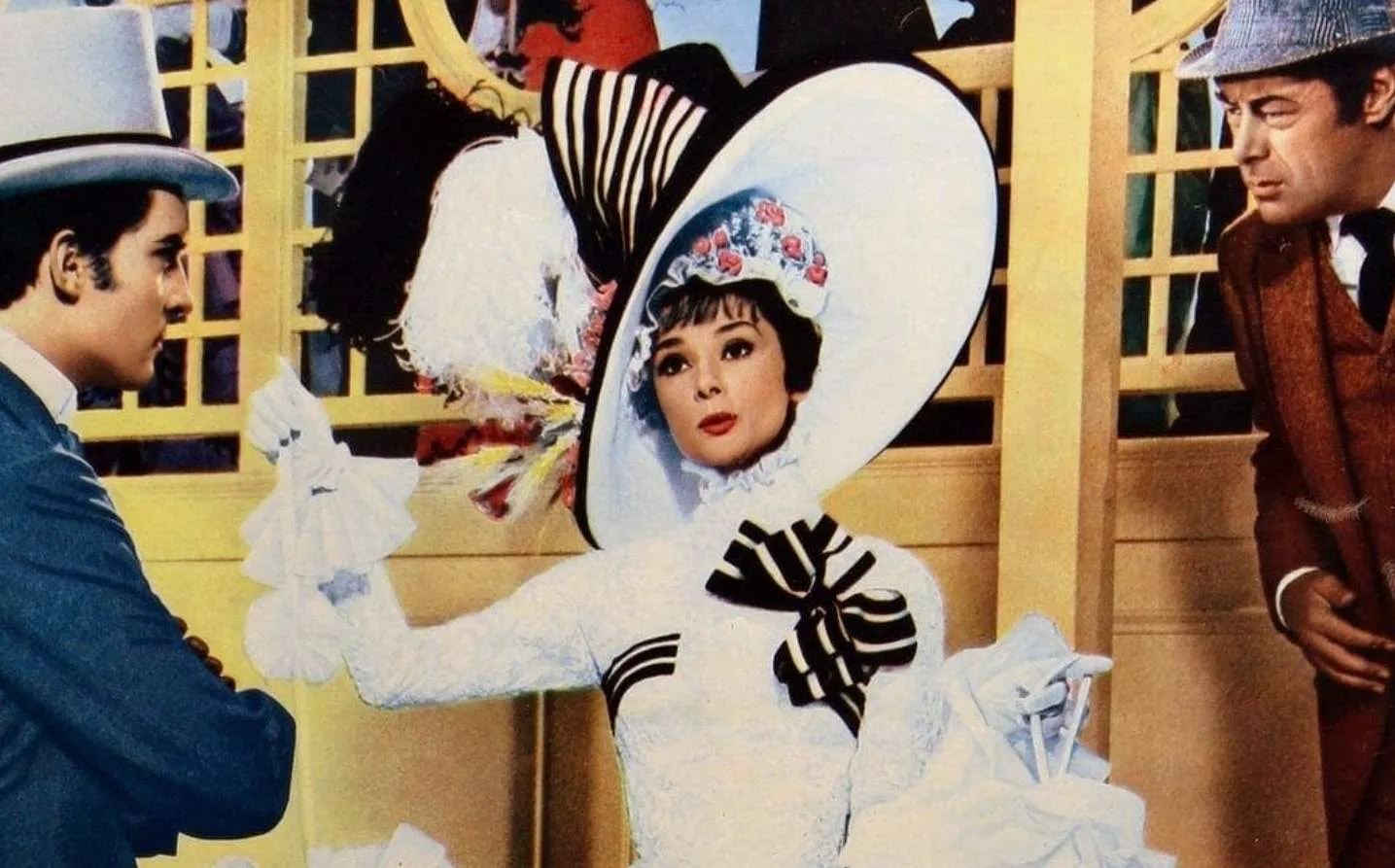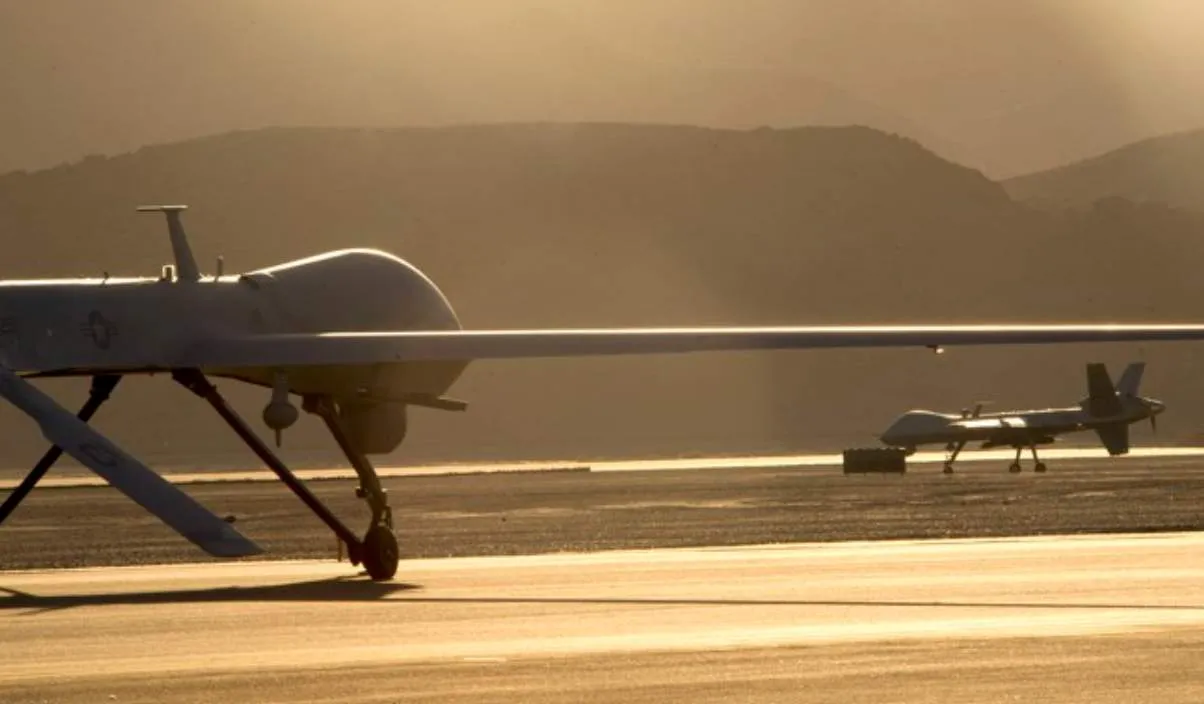The Entertaining History of Artificial Intelligence & Spies
"You don't want to examine the basis of your computer's morality any more than you want to see sausage being made,” computer scientist John McCarthy warned after he coined the term ‘Artificial Intelligence’ at the 1956 Dartmouth Conference in New Hampshire.
McCarthy, along with Marvin Minsky, Nathaniel Rochester, and Claude Shannon, are considered the founding fathers of AI but little did we know then that AI had long-standing ties to the intelligence community. Join us on our wild ride through the history of AI and espionage.

Giant bronze robot Talos
Thousands of years before Elon Musk began dreaming about self-driving cars, there was the giant bronze robot Talos, the artificial woman Pandora, and their ancient Greek creator god, Hephaestus, according to Stanford researcher Adrienne Mayor. It seems the idea of automata can be traced to the Middle Ages, and the concept of artificial, lifelike creatures dates back at least 2,700 years, foreshadowing our obsession with creating intelligent machines.
AI emerged through the collective efforts of countless scientists, some notable figures include Alan Turing, Herbert Simon, Arthur Samuel, Geoffrey Hinton, Yann LeCun, and many others.

The Turing Test
Bletchley Park codebreaker Alan Turing, probably best known for cracking the German Enigma code, proposed the Turing Test (1950). Known as ‘The Imitation Game’, it introduced the concept of evaluating a machine's ability to exhibit intelligent behavior indistinguishable from a human being by using the replies to questions put to both.

Eliza ‘Doolittle’ AI
AI still hadn’t passed The Imitation Game by 2023, but there have been contenders. MIT computer scientist Joseph Weizenbaum developed a ‘chatbot’ in 1966 called Eliza (named after Eliza Doolittle from the play Pygmalion) programmed to search for keywords in questions and issue responses. The program allowed a crude type of conversation between humans and machines: Eliza rephrased whatever speech input ‘she’ received in the form of a question. If you said you were feeling anxious, Eliza might ask, “Why do you feel anxious?” Things were about to get a whole lot more intense though, as foreshadowed in Stanley Kubrick’s 2001: A Space Odyssey (1968).
Expert systems (1960-1980)
Expert systems - aka knowledge-based systems - such as MYCIN for medical diagnosis and DENDRAL for chemical analysis were developed from the '60s to '80s. They utilized rules and knowledge bases to mimic human expertise in specific domains. Dendral (short for Dendritic Algorithm) was an expert system for chemical analysis that demonstrated the potential of AI to assist in complex problem-solving tasks.
The emergence of neural networks and deep learning (1980 - )
Beginning in the 1980s, researchers Geoff Hinton, Yann LeCun, and Yoshua Bengio made significant contributions to the development of neural networks and deep-learning algorithms which have revolutionized AI applications including computer vision and natural language processing. One huge breakthrough was the advent of deep convolutional neural networks (CNNs) and their application in image recognition. The introduction of AlexNet in 2012 paved the way for advancements in computer vision, leading to applications like facial recognition, object detection, and autonomous driving.
Deep Blue, 1996-97
World Chess Champion Garry Kasparov faced off against supercomputer Deep Blue in a six-game series in 1997. Only 35 percent of US households had a computer at the time and Kasparov did not expect to lose. Why would he? A year earlier, they’d squared off and Deep Blue won only one game in six. But that one game showed IBM they were on the right track. In the 1997 rematch, the upgraded Deep Blue could evaluate 200m chess positions per second. Kasparov could evaluate about three per second. Deep Blue defeated Kasparov 3½-2½ - the first artificial intelligence construct to ever win a chess match against a reigning world champion.
"The brand new social experience where you activate your gaming skills as you train like a spy."
- TimeOut
Take on thrilling, high-energy espionage challenges across different game zones.

In-Q-Tel (1999 to the present)
The CIA established venture capital firm In-Q-Tel in 1999 to identify and invest in innovative technologies that can support espionage. While In-Q-Tel is not AI-specific, it has invested in numerous companies involved in AI and related technologies. Cylance, for example, announced a partnership with In-Q-Tel to further enhance breakthrough AIand machine learning development for cybersecurity.
DARPA Grand Challenges (2004-2007)
The Defense Advanced Research Projects Agency organized a series of autonomous vehicle challenges that spurred advancements. By creating a competition where self-driving vehicles had to navigate challenging terrains, DARPA stimulated R&D in areas such as computer vision, machine learning, and sensor fusion, pushing the boundaries of AI and paving the way for future autonomous systems.
Artificial Intelligence for $400 (2011)
By 2011, IBM was ready to unveil ‘Watson’, an AI computer system named after IBM's founder Thomas J. Watson that was capable of answering Jeopardy! quiz game questions. Watson faced champions Brad Rutter and Ken Jennings, crushing ‘his’ opponents and winning $1m. Watson was running software called Deep QA, according to IBM, which combines AI techniques including natural language processing, machine learning, and data mining to enable Watson to understand and answer complex questions.
AlphaGo beats Go world champ Lee Sedol (2016 to the Present)
Reinforcement learning techniques, combined with deep neural networks, have achieved remarkable success in game-playing including Google DeepMind's AlphaGo and OpenAI Dota 2 bot which both defeated professional Go players. South Korea’s Go champion Lee Sedol retired in 2019, admitting AI cannot be defeated. "I'm not at the top even if I become the number one,” the 18-time world Go champion said. "There is an entity that cannot be defeated."

Project Maven (2017 - )
Project Maven was a US Department of Defense AI initiative to utilize machine learning and computer vision algorithms to enhance analysis of aerial drone footage. The project goal was to support intelligence analysts by automating the identification and tracking of objects of interest in large volumes of video data. In 2023, months after taking over parts of the Pentagon’s flagship AI Project Maven, the director of the National Geospatial Agency said it was making ‘significant advances’. Exactly what those may be are classified.
SPYSCAPE+

Join now to get True Spies episodes early and ad-free every week, plus subscriber-only Debriefs and Q&As to bring you closer to your favorite spies and stories from the show. You’ll also get our exclusive series The Razumov Files and The Great James Bond Car Robbery!


Gadgets & Gifts
Explore a world of secrets together. Navigate through interactive exhibits and missions to discover your spy roles.
Your Spy Skills
We all have valuable spy skills - your mission is to discover yours. See if you have what it takes to be a secret agent, with our authentic spy skills evaluation* developed by a former Head of Training at British Intelligence. It's FREE so share & compare with friends now!
* Find more information about the scientific methods behind the evaluation here.


Stay Connected
Follow us for the latest
TIKTOK
INSTAGRAM
X
FACEBOOK
YOUTUBE